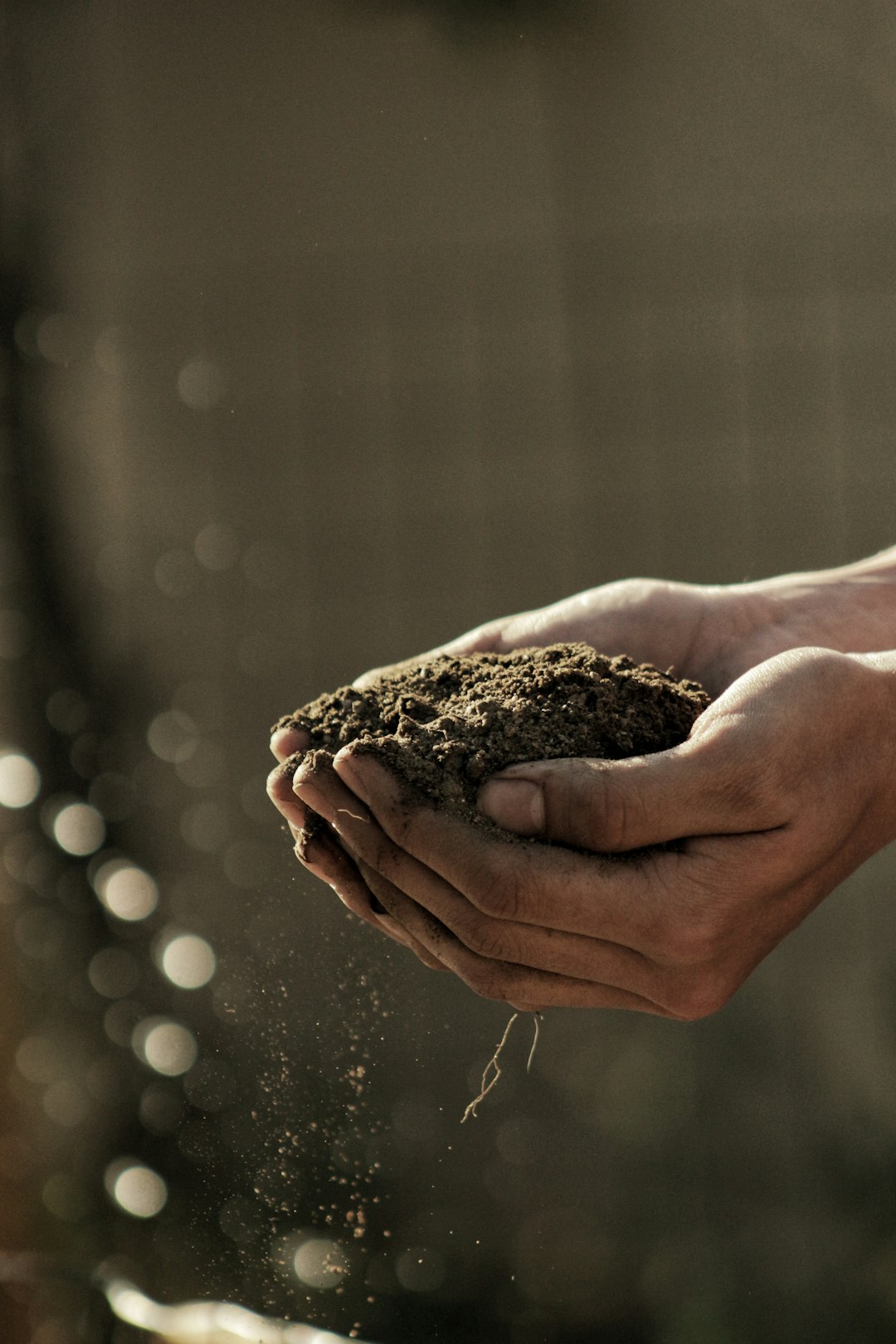Pruning is an essential practice for maintaining the health and appearance of your shrubs and trees. It involves cutting back branches and stems to encourage healthy growth and improve the overall structure of the plant. While pruning may seem like a daunting task, with the right knowledge and tools, it can be a simple and rewarding process. In this blog post, we will discuss some essential tips for pruning your shrubs and trees to ensure they thrive and flourish in your garden.
1. Understand the Purpose of Pruning
Before you start pruning your shrubs and trees, it is essential to understand why you are doing it. Pruning serves several purposes, including removing dead or diseased branches, promoting new growth, shaping the plant, and controlling its size. By having a clear understanding of the goals you want to achieve with pruning, you can tailor your techniques to meet these objectives effectively.
2. Choose the Right Time to Prune
Timing is crucial when it comes to pruning shrubs and trees. The best time to prune will depend on the type of plant you are working with. In general, pruning during the dormant season (late winter or early spring) is ideal as it promotes new growth when the plant is less stressed. However, some plants may require pruning at specific times of the year to avoid disrupting their flowering or fruiting cycle. Research the specific requirements of your shrubs and trees to determine the best time to prune them.
3. Use the Proper Tools
Having the right tools for pruning is essential to ensure clean and precise cuts without damaging the plant. Some essential tools for pruning shrubs and trees include pruning shears, loppers, pruning saws, and hedge trimmers. Make sure your tools are sharp and clean to prevent tearing or crushing the branches. Additionally, wear protective gear such as gloves and safety glasses to protect yourself while pruning.
4. Start with Dead or Diseased Branches
When pruning your shrubs and trees, start by removing any dead, damaged, or diseased branches. These branches not only detract from the plant’s appearance but can also sap its energy and hinder healthy growth. Use clean, sharp pruning shears to make clean cuts just above a healthy bud or branch collar. Removing dead or diseased branches also helps prevent the spread of diseases and pests to the rest of the plant.
5. Follow the Natural Shape of the Plant
When pruning shrubs and trees, it is essential to follow the plant’s natural shape and growth pattern. Avoid drastic pruning that can weaken the plant or promote unnatural growth. Instead, focus on thinning out overcrowded branches, shaping the plant, and maintaining its overall structure. By respecting the plant’s natural form, you can create a more aesthetically pleasing and healthy plant.
6. Practice Proper Pruning Techniques
To ensure successful pruning, it is crucial to use proper techniques that promote healthy growth and minimize stress on the plant. When making cuts, angle them slightly above a bud or branch collar to encourage new growth and prevent dieback. Avoid leaving stubs as they can attract diseases and pests. Additionally, prune branches at a 45-degree angle to allow water to run off and prevent rot.
7. Thin Out Overcrowded Branches
One of the main reasons for pruning shrubs and trees is to thin out overcrowded branches. Dense foliage can prevent sunlight and air from reaching the inner branches, leading to poor growth and increased risk of diseases. Use thinning cuts to remove excess branches and allow light and air to penetrate the plant’s canopy. This will promote healthy growth and improve the overall health of the plant.
8. Be Mindful of Branch Collar and Branch Bark Ridge
When making pruning cuts, it is essential to be mindful of the branch collar and branch bark ridge. The branch collar is the swollen area where the branch meets the trunk, while the branch bark ridge is the raised area where the branch bark meets the trunk bark. Make your cuts just outside the branch collar and avoid cutting into the branch bark ridge to promote proper healing and prevent damage to the plant.
9. Avoid Overpruning
While pruning is essential for maintaining the health and appearance of your shrubs and trees, it is essential to avoid overpruning. Removing too many branches at once can stress the plant and hinder its ability to recover. Instead, prune conservatively, focusing on removing dead or diseased branches, thinning out overcrowded areas, and shaping the plant. By practicing moderation in your pruning, you can ensure the long-term health and vitality of your shrubs and trees.
10. Monitor and Maintain Your Pruned Plants
After pruning your shrubs and trees, it is essential to monitor their growth and health to ensure they are thriving. Keep an eye out for any signs of stress, disease, or pest infestations and take prompt action to address any issues. Regularly fertilize, water, and mulch your pruned plants to promote healthy growth and recovery. By staying vigilant and proactive in caring for your pruned plants, you can enjoy a beautiful and flourishing garden for years to come.
In conclusion, pruning is an essential practice for maintaining the health and appearance of your shrubs and trees. By understanding the purpose of pruning, choosing the right time, using the proper tools, and following essential tips, you can ensure successful pruning and promote healthy growth in your plants. Remember to start with dead or diseased branches, follow the plant’s natural shape, practice proper techniques, thin out overcrowded branches, be mindful of branch collar and branch bark ridge, avoid overpruning, and monitor and maintain your pruned plants. With these essential tips in mind, you can effectively prune your shrubs and trees to create a beautiful and thriving garden.

